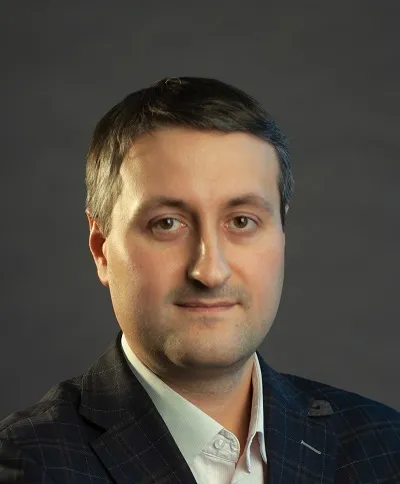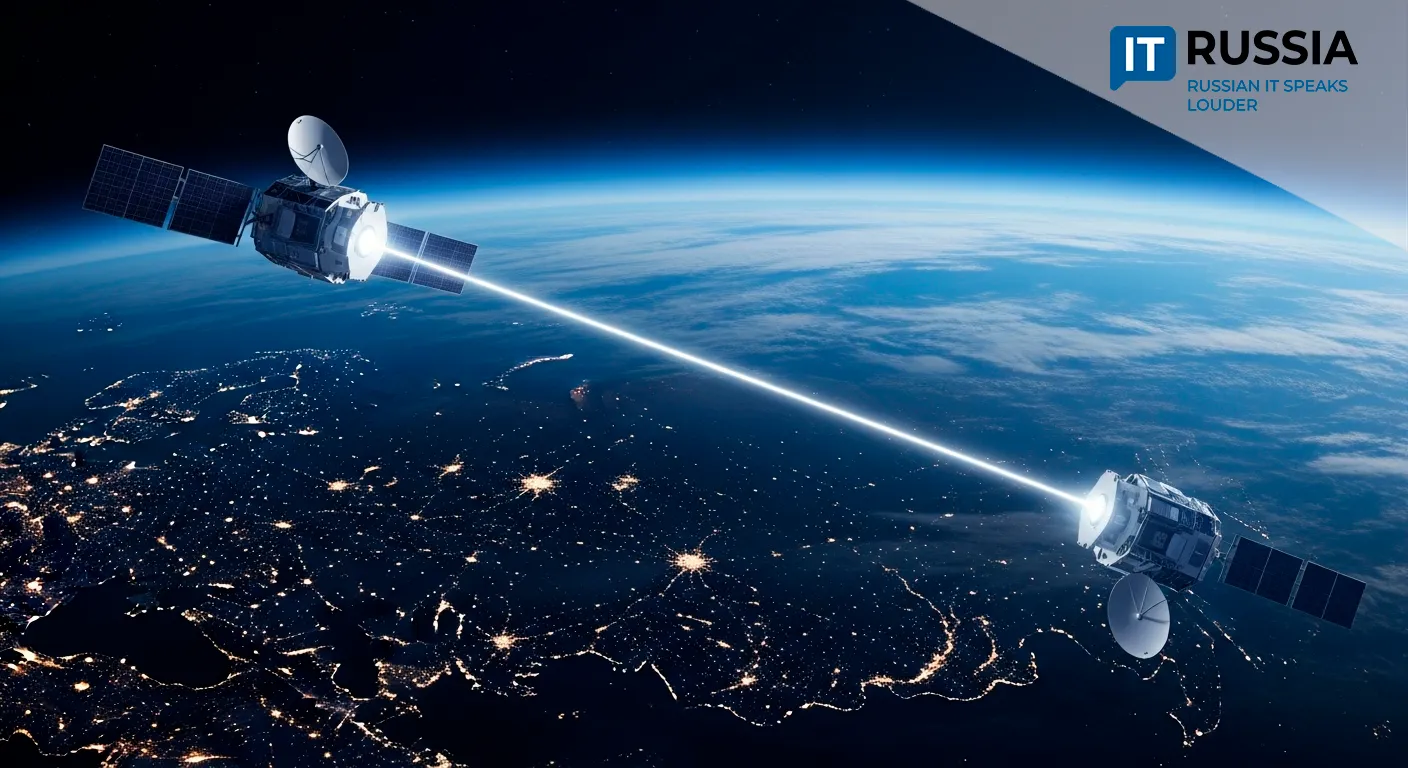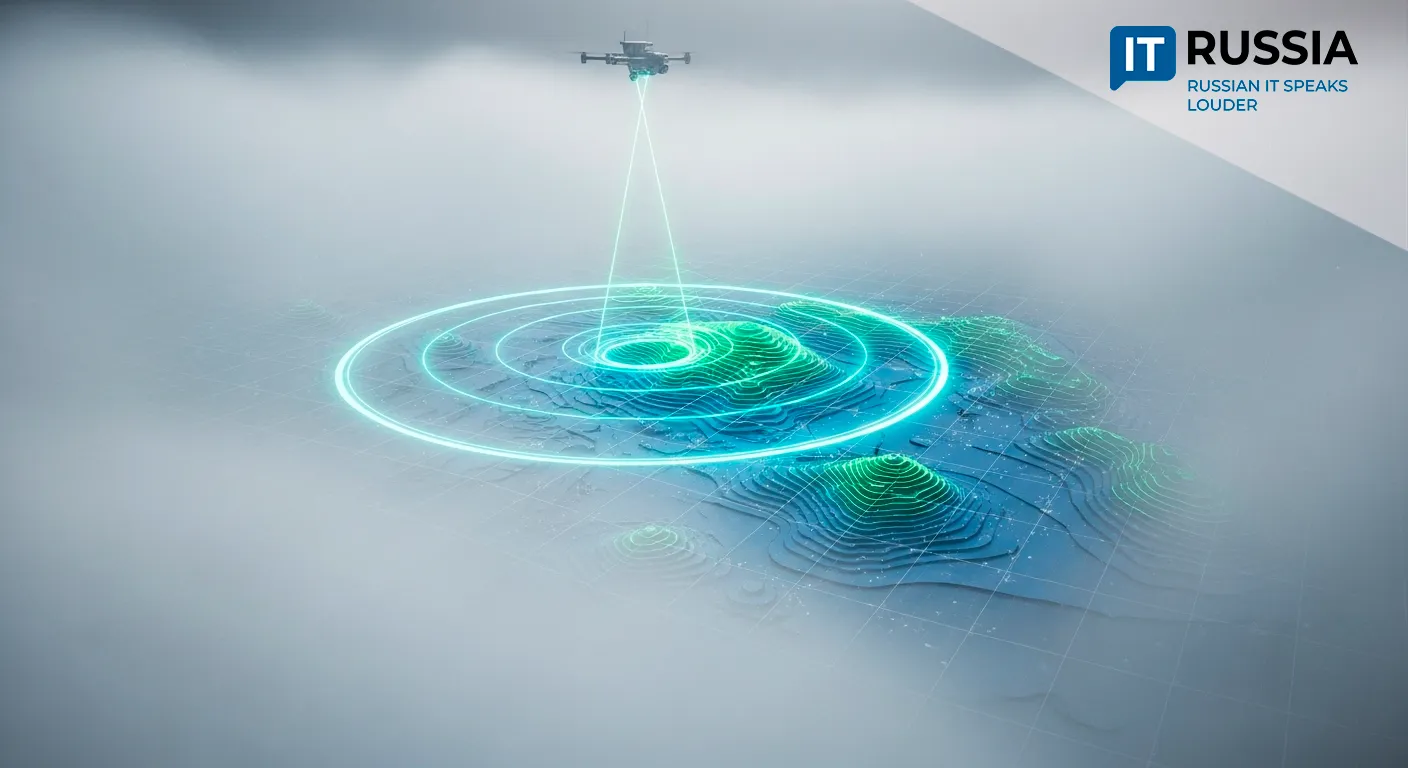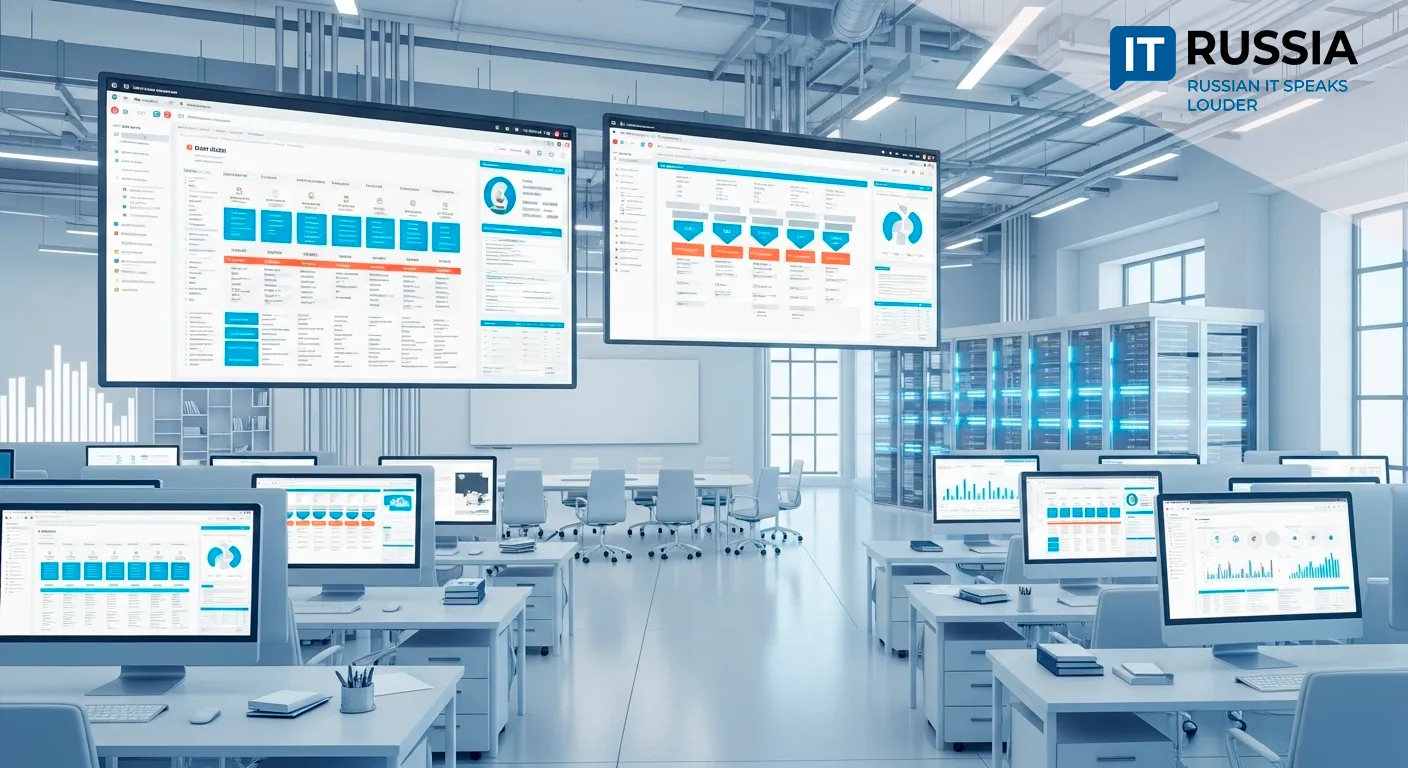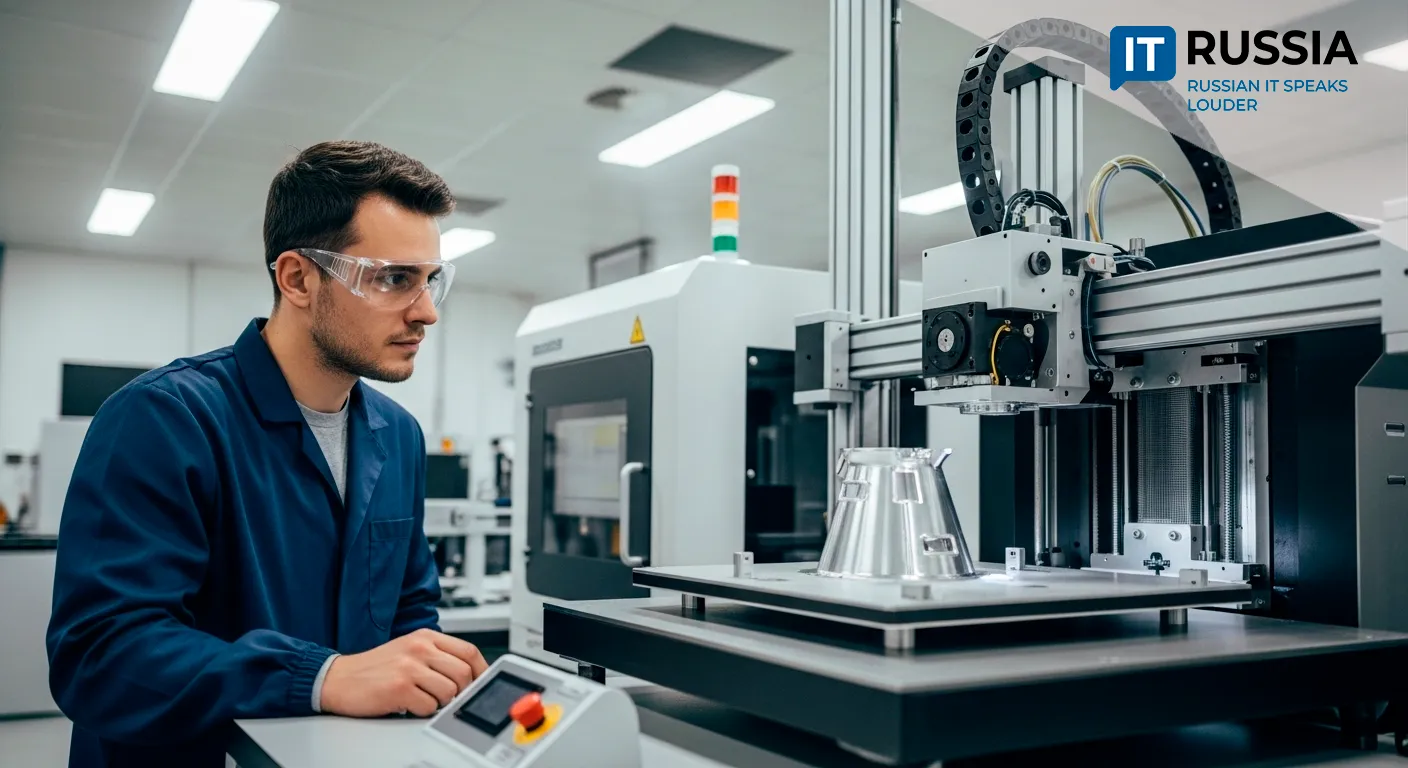Rosatom's Digital Twin: A Revolution in Nuclear Engineering

Rosatom has introduced a digital twin system that monitors components from design to maintenance, reducing search time by up to fourfold and automating 30% of data collection tasks.
Real-Time Oversight of Nuclear Equipment
In 2025, Atomenergomash JSC, the engineering division of Russia's Rosatom State Corporation, successfully deployed a 'Digital Twin of the Product' system.
Built on the Atomcode low-code platform developed by the nonprofit Digitum, this system enables real-time monitoring of critical production phases—from design to delivery and post-installation service.
It streamlines quality control, logistics, and maintenance operations, enhancing transparency and accuracy throughout the process.
Implementation has reduced data retrieval times from hours to mere minutes and cut manual operations by 30%, significantly lowering errors and operational costs. For example, checking specifications on complex components, such as nuclear power plant pumps, now takes less than 15 minutes instead of a full hour.
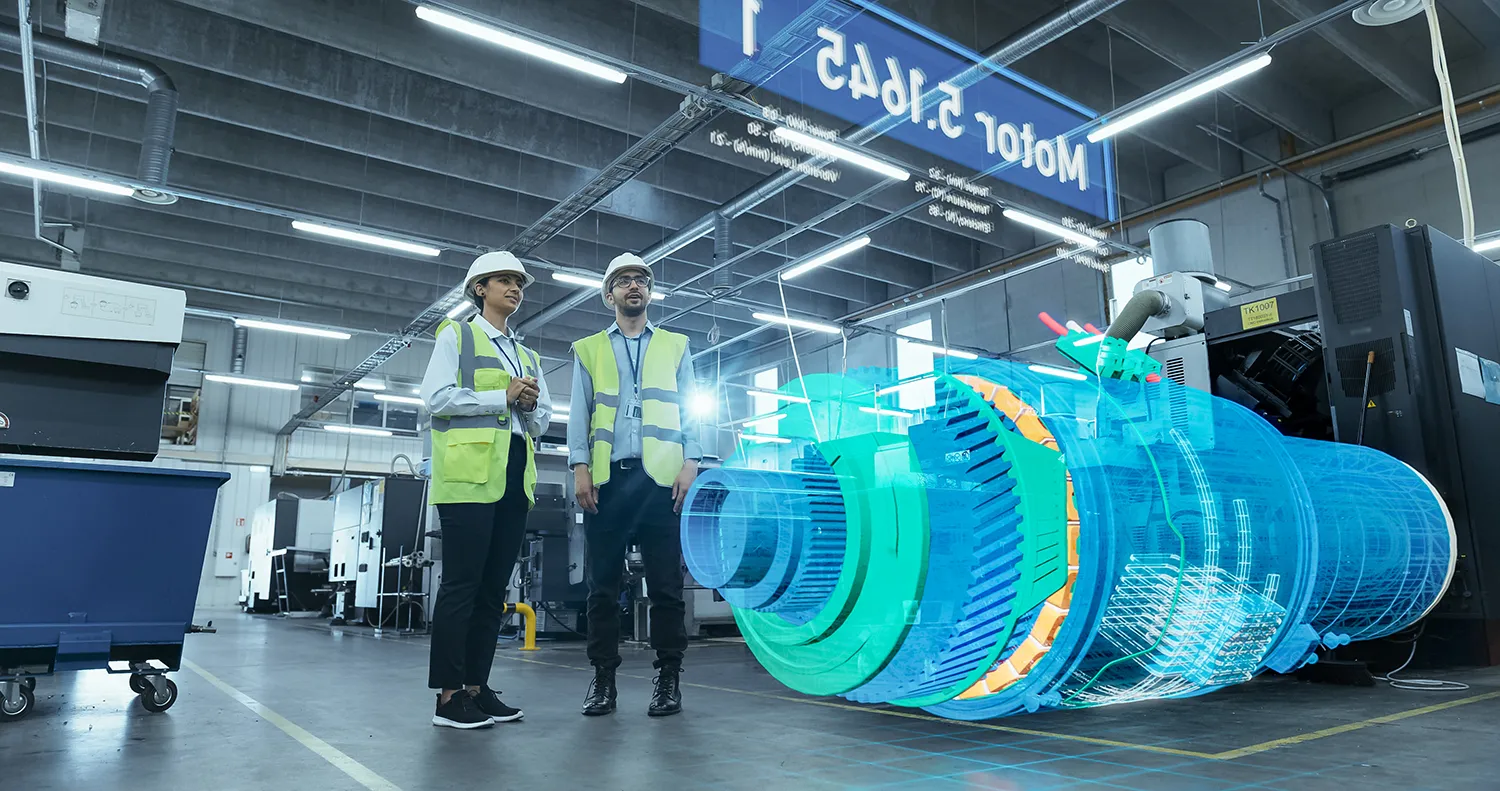
Strategic Independence Through Low-Code Solutions
Remarkably, the system was developed in just two months—much faster than the typical 4–6 months for customized solutions. This efficiency is thanks to the flexibility of the Atomcode platform, which allows for rapid adaptation without deep programming expertise.
The transition to this Russian platform strengthens national technological sovereignty by reducing reliance on foreign software such as SAP or Oracle.
From a global perspective, this project illustrates Russia's ability to produce competitive digital tools for high-tech industries like nuclear engineering, where precision and reliability are critical.
Expanding Applications and Export Potential
The digital twin solution has significant export potential. Atomcode can be customized to manage engineering workflows in countries where Rosatom is building nuclear power plants, such as Egypt (El Dabaa), India (Kudankulam), and Turkey (Akkuyu).
These nations seek efficient digital tools to manage complex infrastructure projects, and Atomcode offers a viable alternative to Western software.
The system is also being scaled to other Rosatom divisions, including fuel and reactor manufacturing, as well as engineering companies like Uralmash.
The low-code format enables flexible deployment across various sectors—from turbines to medical devices. Future integration with AI will allow predictive maintenance and improved logistics efficiency.

Rising Demand for Domestic Digital Twins
Over the past five years, interest in digital twin technologies in Russia has grown considerably. In 2022–2023, companies such as Uralvagonzavod and KB Titan tested customized digital twins for defense applications.
By 2023, demand for domestic low-code platforms surged, with early use cases in the energy (MRSK) and coal (SBIS) sectors.
In 2024, the federal 'Digital Industry' program spurred adoption in metallurgy, with pilot projects at ChTPZ and Severstal—though based largely on traditional ERP/SCADA platforms.
In 2025, defense and energy enterprises began switching to Russian-made software. However, low-code solutions like Atomcode remain on the cutting edge.
While platforms like OutSystems and Mendix gain global traction, Russian offerings stand out for their integration with nuclear technologies.

Cost Savings and Global Positioning
Rosatom’s digital twin system highlights the potential of low-code platforms to reduce costs, enhance reliability, and accelerate operations in the nuclear sector.
By 2026, the technology is expected to expand to additional Rosatom sites and machine-building enterprises, as well as be exported to CIS and BRICS countries.
This evolution strengthens Russia’s technological autonomy and opens up new opportunities for international cooperation in high-precision industries.


